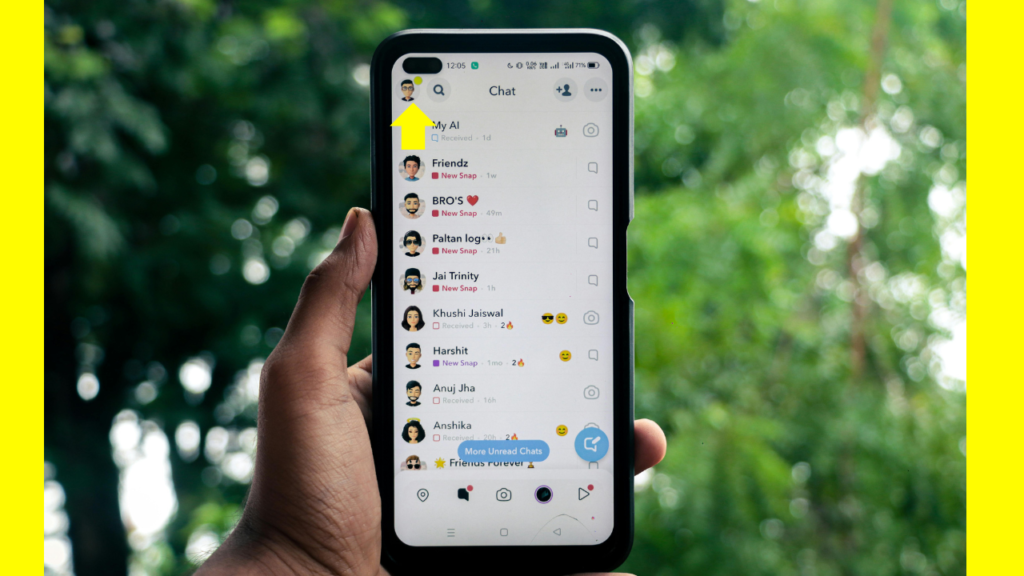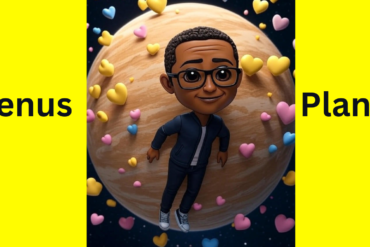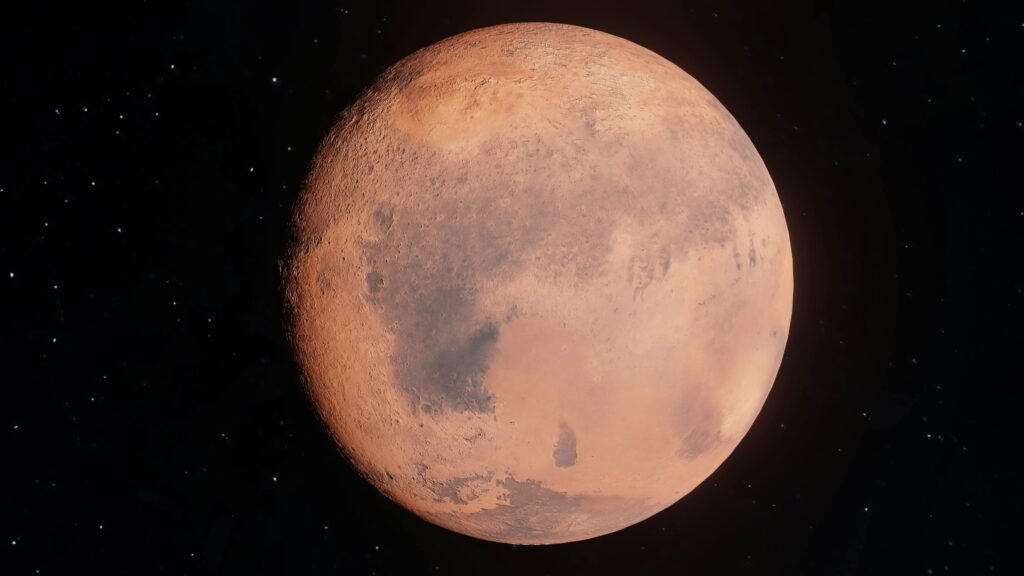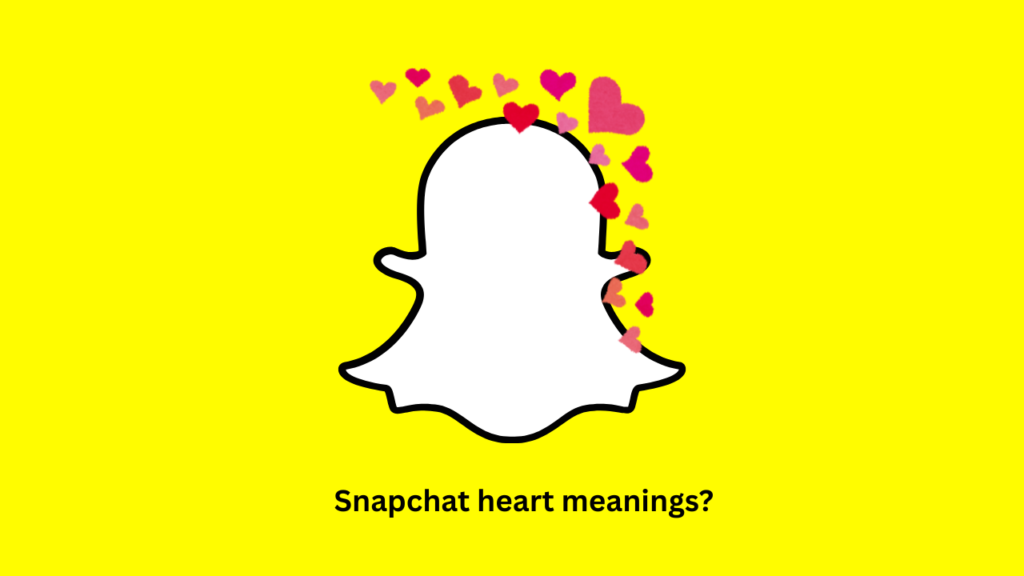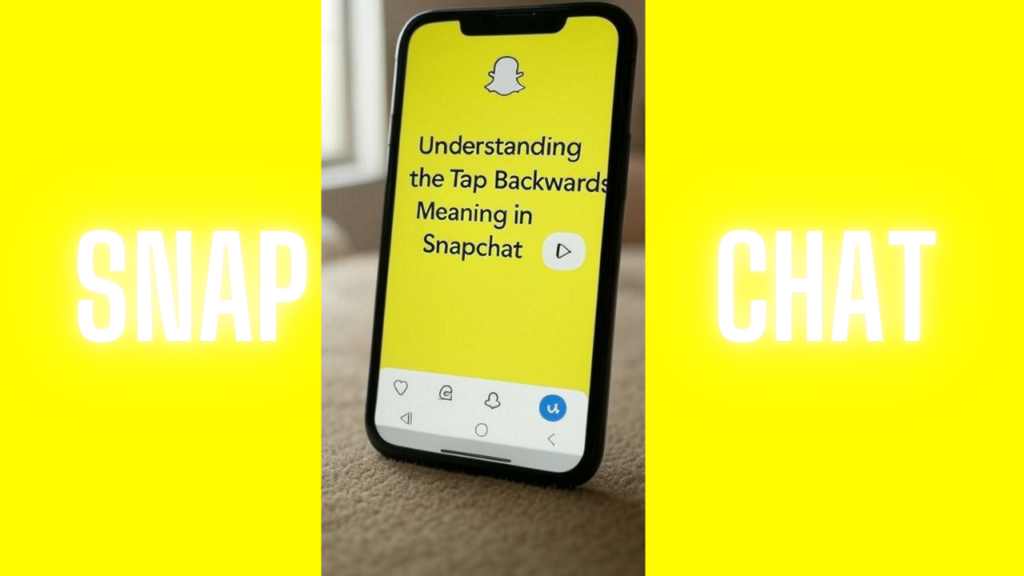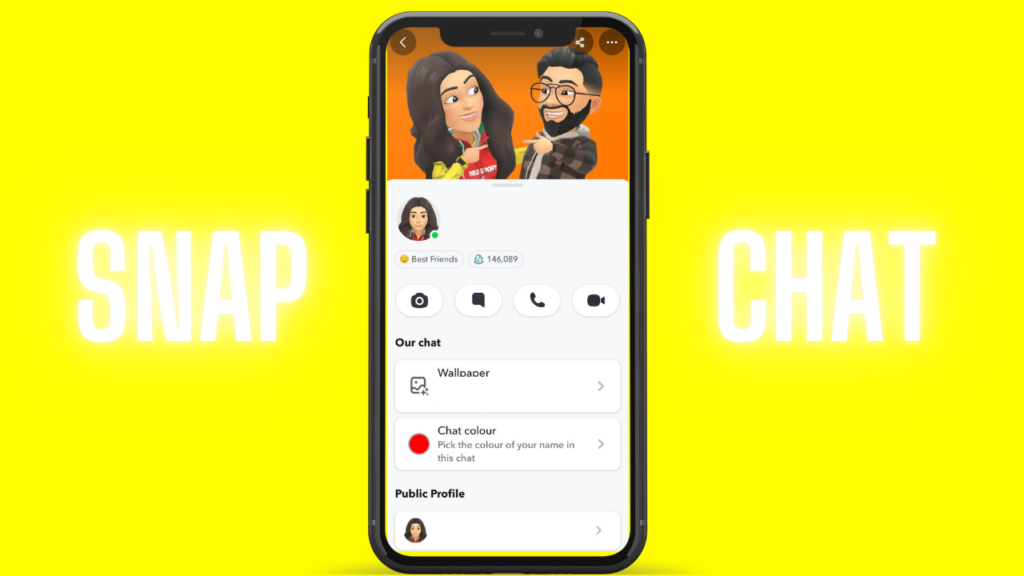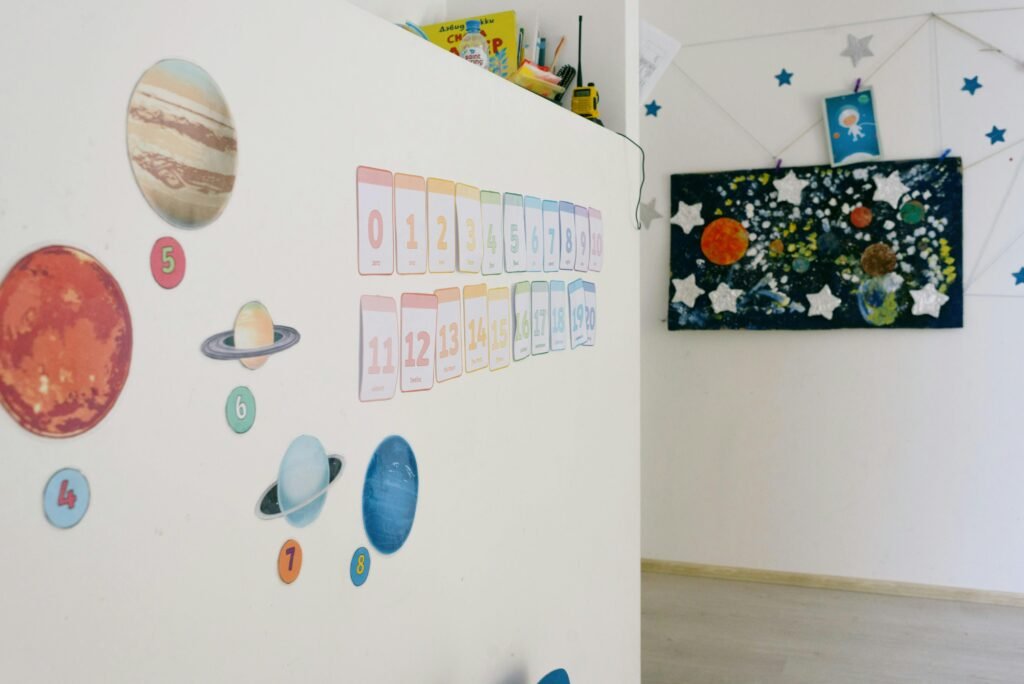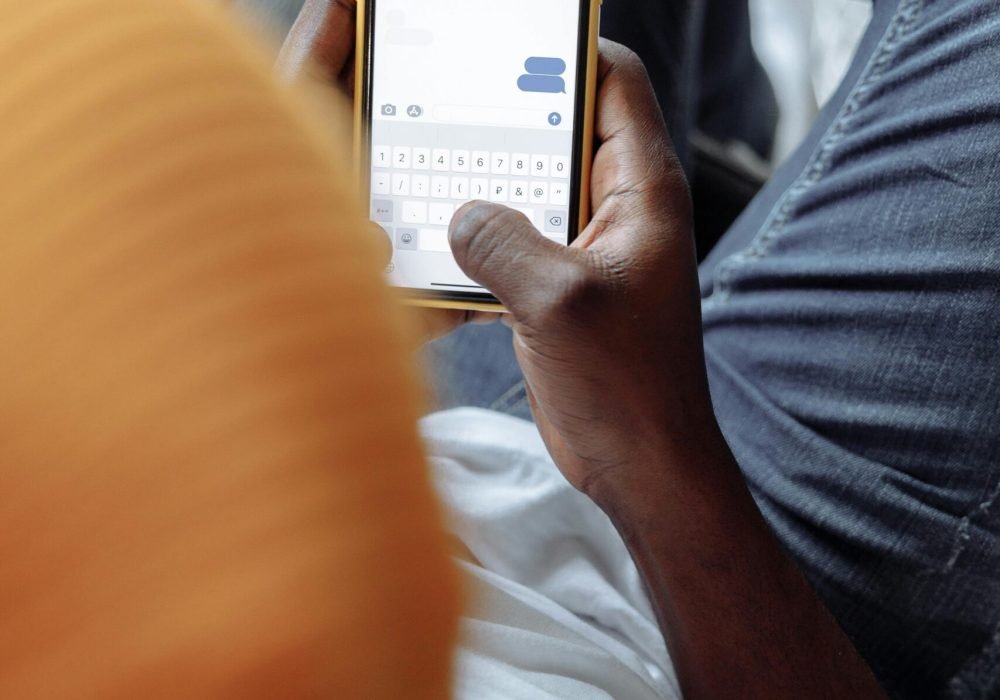
Discover how to access, use, and customize Snapchat’s stunning Galaxy Lens, complete with expert tips, best practices, and a visual guide to elevate your AR experience.
What Is the Galaxy Lens on Snapchat?
The Galaxy Lens transforms your Snap into an interstellar experience. It’s a premium AR filter that:
Wraps your face or surroundings in luminous celestial textures
Adds animated sparkles, shifting nebula backgrounds, and star-like overlays
Responds to facial movement—eyes open wide? Watch the cosmos swirl!
This Lens brings immersive space visuals straight to your camera.
>>Also Read: Yellow Dot on Snapchat
How to Unlock the Galaxy Lens
1. Explore Lens Carousel
Open Snapchat’s camera.
Tap and hold your face (selfie mode) to activate Lens carousel.
Swipe through until you see “Galaxy” or starry, cosmic-style preview.
2. Use Lens Explorer
Tap the lens-smiley icon in the top-right before scanning.
In Lens Explorer, search “Galaxy” or related tags.
Tap the result to apply it instantly.
3. Scan a Snapcode
Scan a creator or Snap-advertised Galaxy Lens Snapcode.
Keep it forever by saving to your Lens carousel.
Best Practices for Stunning Galaxy Snaps
Ideal Lighting Conditions
Bright, even light makes the galaxy shimmer best—avoid under‑illumination or harsh backlighting.
Facial Expression Cues
Raise your eyebrows or open your mouth to trigger swirling star effects. Many Galaxy Lenses use gesture‑based animations.
Combine with Effects
Swipe to layer filters:
Star overlay + color filter
Galactic lens + slow-mo video for dreamy motion
Capture & Share
Simply tap for photo, hold for video. Then dress up your Snap with text, stickers, or speed/time overlays before sharing.
Creative Galaxy Snap Ideas
Galactic Selfies: Use for personal stories or profile content.
Space Travel Vlogs: Narrate your “mission” with starry effects.
Cosmic Tutorials: Teach makeup or art with a sparkling universe background.
Themed Challenges: Invite friends to create their own Galaxy Snaps.
Pair with hashtags like #SnapchatGalaxy, #GalaxyLens, #CosmicSnap for reach.
Why Snapchat’s Galaxy Lens Shines
Immersive aesthetic: AR meets sci-fi.
Engagement boosts: Interactive gesture triggers keep users exploring.
Social magnetism: Visual wow-factor drives shares, impressions, and Story traffic.
This makes Galaxy Lenses a winning tool for both personal fun and social branding.
Quick Recap: Galaxy Lens at a Glance
Access: Selfie camera → hold → swipe → Lens Explorer
Enhance: Layer filters, gestes, durations
Capture: Photo, video, embellish
Share: Creative Snaps + eye-catching hashtags
Evaluate: Look for engagement lift and audience response

